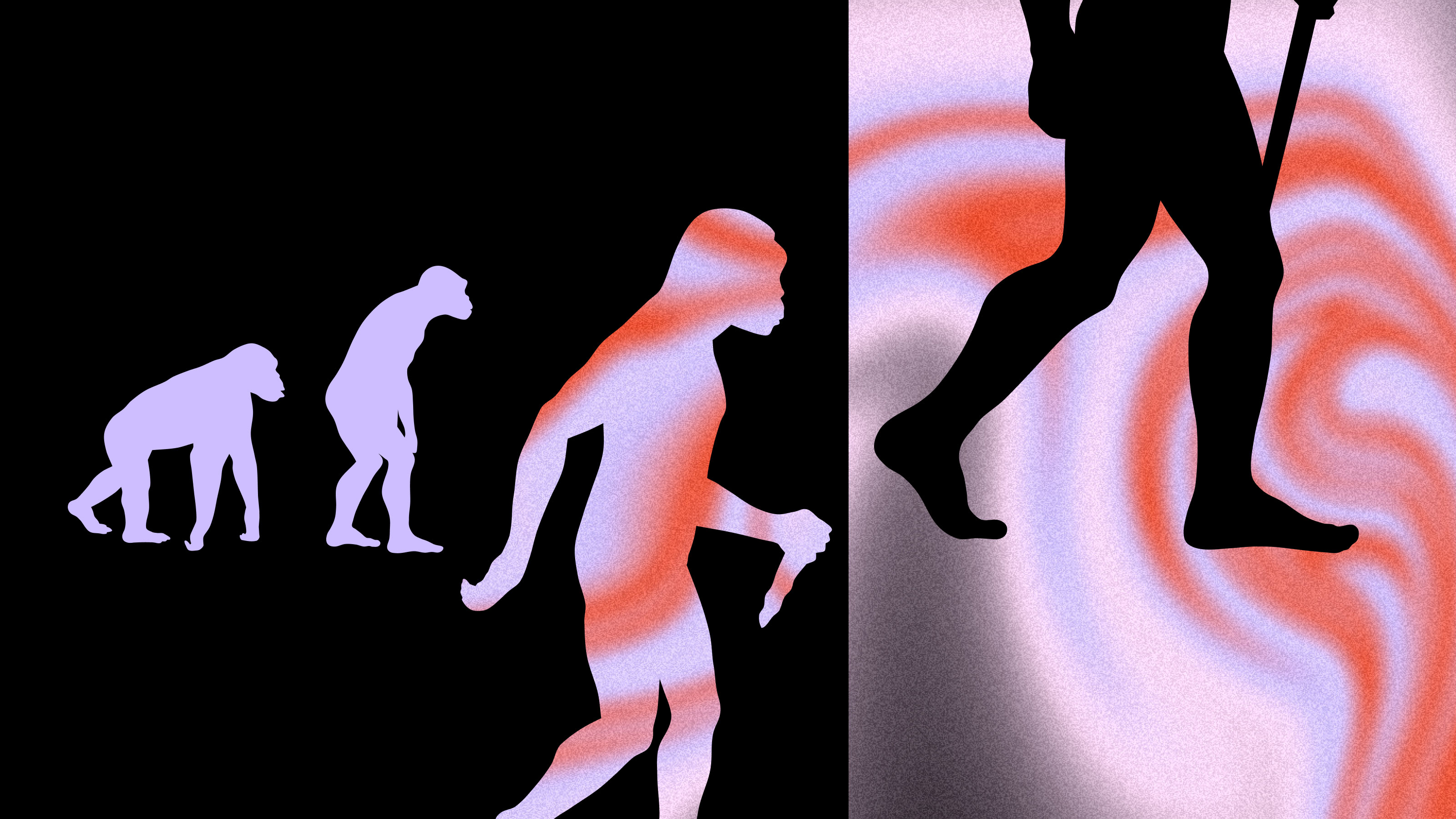Study: Dunbar’s number is wrong. You can have more than 150 friends

Tim Mossholder from Pexels
- A team of researchers recalculated Dunbar’s number using his original methods and better data.
- Their estimates were as high as 520 and were stretched over a wide enough range as to be nearly useless.
- The authors suggest that the method used to calculate the number of friends a person can have is also theoretically unsound.
Since 1992, people have been talking about “Dunbar’s number,” the supposed upper limit of the number of people with whom a person can maintain stable social relationships. Named for British anthropologist Robin Dunbar, its value, rounded from 148 to 150, has permeated both professional and popular culture.
The Swedish taxation authority keeps offices under 150 people as a result of it, and the standard facilities of the W. L. Gore and Associates company are based around the concept. Dunbar’s number was cited in Malcolm Gladwell’s bestselling book Tipping Point, and it also has a fair amount of academic influence, the original paper having been cited 2,500 times.
It’s also probably wrong.
Despite its fame, Dunbar’s number has always been controversial. A newstudy out of Sweden and published in the journal Biology Letters suggests it might be both theoretically and empirically unsound.
Getting to 150
Less well known than the value of Dunbar’s number is how he came up with it. The value of 150 is determined by looking at the ratio between the size of the neocortex in primates and the average size of groups they form. These ratios were then applied to data on the human brain, and the average value of roughly 150 relationships was determined.
The point of this study isn’t to replace Dunbar’s number but to dismiss the notion that such a number can be determined in the first place.
However, this number has always been the subject of debate. An alternative value based on empirical studies of American social groups is a much higher 291, nearly double that of Dunbar, and suggests that the median social network has 231 people in it. That value wasn’t calculated by crunching other numbers; it kept coming up again and again when the authors of that study looked at the professional and social networks cultivated by different groups of people.
Yet, even in the face of critics and new studies, Dunbar’s number always managed to hang on in popular and academic discourse. That is where this latest study comes in.
A new study with old methods but better data
In the new study, the researchers did similar calculations as Dunbar but with updated information on the size of monkey brains and social networks. While their average human group size was below Dunbar’s estimate, the upper boundary of the 95 percent confidence interval ranged between 2 and 520 people depending on what methods were used. Nearly every method gave a range of possibilities with a maximum value higher than 150.
When the authors applied Dunbar’s exact same methods from 1992 to their new data, they got an average group size of 69 people — but a 95% confidence interval between roughly 5 and 292. This is far too wide a range to be of any use.
Additionally, the authors discuss the flimsy nature of the theory behind Dunbar’s number. Human brains often work differently than those of our nearest evolutionary cousins, as evidenced by our ability to create things like, “Stockholm, symphonies, and science.” The idea that we would process social information exactly like other apes do is a bold and largely unsubstantiated claim.
They quote a study by Jan De Ruiter and their rejection of the idea that the ratio between monkey neocortex size and group composition can be carried over to humans:
“Dunbar’s assumption that the evolution of human brain physiology corresponds with a limit in our capacity to maintain relationships ignores the cultural mechanisms, practices, and social structures that humans develop to counter potential deficiencies”
So, is there a new Dunbar number?
The point of this study isn’t to replace Dunbar’s number but to dismiss the notion that such a number can be determined in the first place. The authors go so far as to end their paper with:
“It is our hope, though perhaps futile, that this study will put an end to the use of ‘Dunbar’s number’ within science and in popular media. ‘Dunbar’s number’ is a concept with limited theoretical foundation lacking empirical support.”
While this study may not be the death of Dunbar’s number — after all, less empirically sound ideas have endured muchlonger — it may be the foundation for new attempts to determine how large our meaningful and stable social groups can be.





